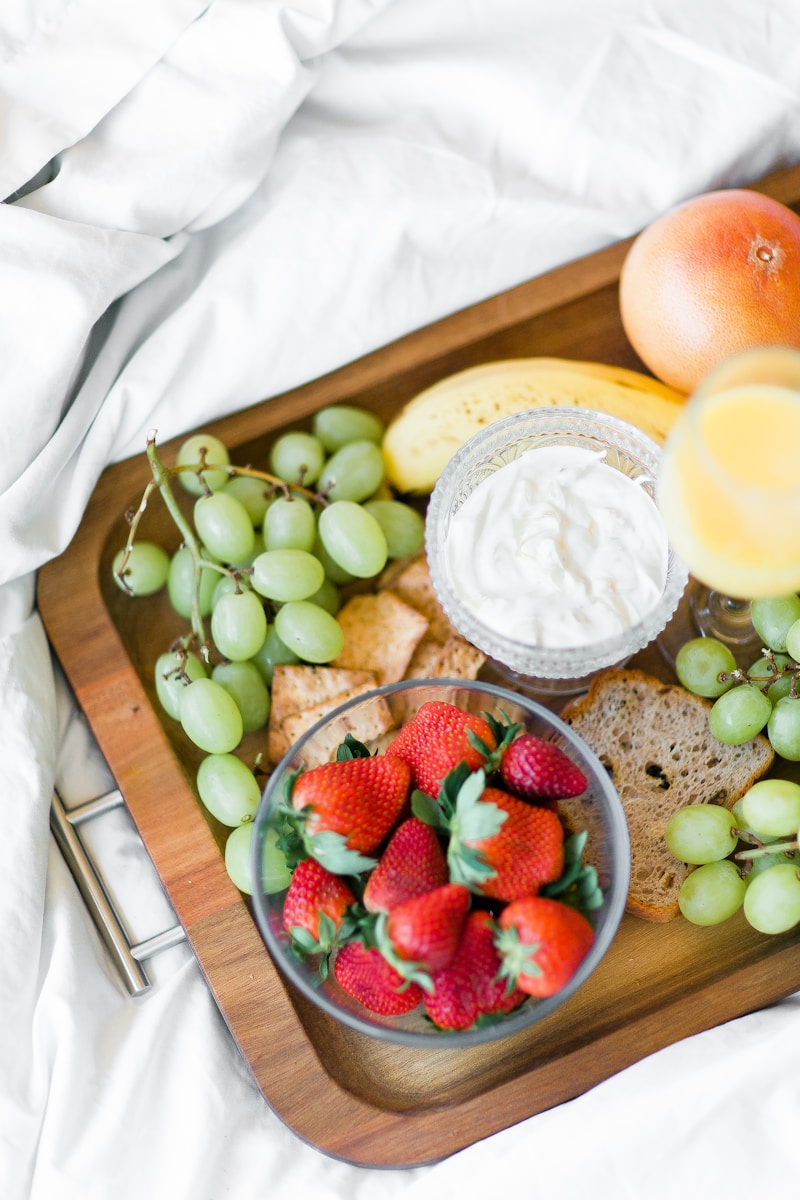

Life is a journey and so is the path of healthy eating. As a native of Trinidad and Tobago and a registered dietitian, I have navigated the meandering paths of nutrition, traditional cuisine, and cultural competence. This article will take you through my experiences, challenges, and triumphs in promoting healthy eating within the context of cultural diversity.
The Intersection of Food and Culture
As an ardent traveler and a food enthusiast, I have always been fascinated by how food connects us to various cultures. In Trinidad and Tobago, our cuisine is a delightful blend of English, French, Spanish, African, East Indian, Chinese, and Venezuelan influences, creating a melting pot of flavors and traditions. However, traditional Western dietary guidelines, such as the USDA’s MyPlate guide, often conflict with these traditional meals.
Traditional Dishes vs. Western Dietary Guidelines
The MyPlate guide suggests a balanced plate should consist half of non-starchy vegetables, a quarter of protein, and a quarter of grains. This concept doesn’t align well with traditional one-pot dishes, where ingredients from different food groups are mixed together. For instance, Pelau, a Caribbean dish made with caramelized chicken, parboiled rice, pigeon peas, and an array of vegetables and seasonings, doesn’t fit the MyPlate template.
As a nutritionist, I struggled to reconcile these traditional meals with Western nutrition norms. This led me to question: “Are these traditional meals truly healthy if they don’t fit the MyPlate mold, or does the accepted Western understanding of healthy, balanced meals lack cultural competence?”
Embracing Cultural Foods and Inclusivity
Over time, I developed a concept of healthy eating that embraces the nuances of cultural foods and inclusivity. In this journey, I’ve striven to bridge the gap between nutritional science and traditional cuisine. My mission is to diversify nutrition education and enable people to achieve improved health outcomes without abandoning their food cultures.
My Daily Nutrition Approach: Flexibility is Key
In my daily life, I approach nutrition with flexibility. Most of my meals are balanced and include a grain, a protein, and vegetables or fruit. I love indulging in local or regional foods, and yes, I do enjoy treats.
Demystifying Stereotypes about Dietitians
There are several misconceptions that dietitians only eat certain types of foods or follow strict eating habits. Here are a few stereotypes that need to be dispelled:
- Dietitians are not the food police. Many dietitians, including myself, are flexible with their eating habits and encourage others to do the same.
- Dietitians also enjoy desserts. Whether it’s an original recipe or a low-fat variant, desserts are on a dietitian’s menu too.
- Dietitians add value to your health beyond weight loss. Dietitians can teach you how to utilize nutrition to support your overall health goals, with or without a focus on weight.
Current Trends in Dietetics
The field of dietetics is diverse and continuously evolving. Currently, there’s a shift towards the Health at Every Size (HAES) approach. HAES recognizes that health is multifaceted and that everyone, regardless of body weight, deserves to receive medically and nutritionally appropriate expertise tailored to their needs.
My Favorite Foods and Go-to Meals
During my time pursuing a Master’s degree in the United States, I often cured homesickness by cooking traditional meals. For a quick breakfast or dinner, whole grain bread, scrambled eggs or sausages, sautéed vegetables like broccoli, and fruits are my go-to choices.
Encouraging Healthy Eating with a Toddler
As a mother of a 3-year-old, I believe in introducing the concept of healthy eating early on. My son loves helping in the kitchen and learning about different food groups. We use creative approaches, such as creating fruit and vegetable stamps for our at-home arts and crafts sessions, to make learning about food fun and engaging.
The Realistic Side of Healthy Eating
Healthy eating doesn’t have a special look. It isn’t a black-and-white concept, especially when you consider cultural foods. I believe that all foods can fit into a healthy diet and so, I eat without guilt. At the end of the day, healthy eating should be based on your own tastes and dietary preferences.
Amber Charles is a Public Health Nutritionist and Registered Dietitian (RD) based in Trinidad and Tobago. She holds a Master’s degree from the Johns Hopkins Bloomberg School of Public Health and is passionate about diversifying nutrition education and improving access to nutrition expertise among the Caribbean diaspora.
With a “food is medicine” approach, Amber aspires to become a functional and integrative dietitian and has dedicated space to this pursuit on her blog, The Cultural Dietitian.
